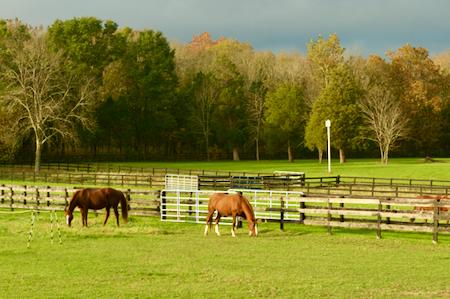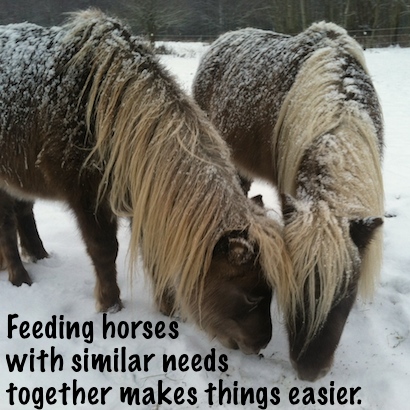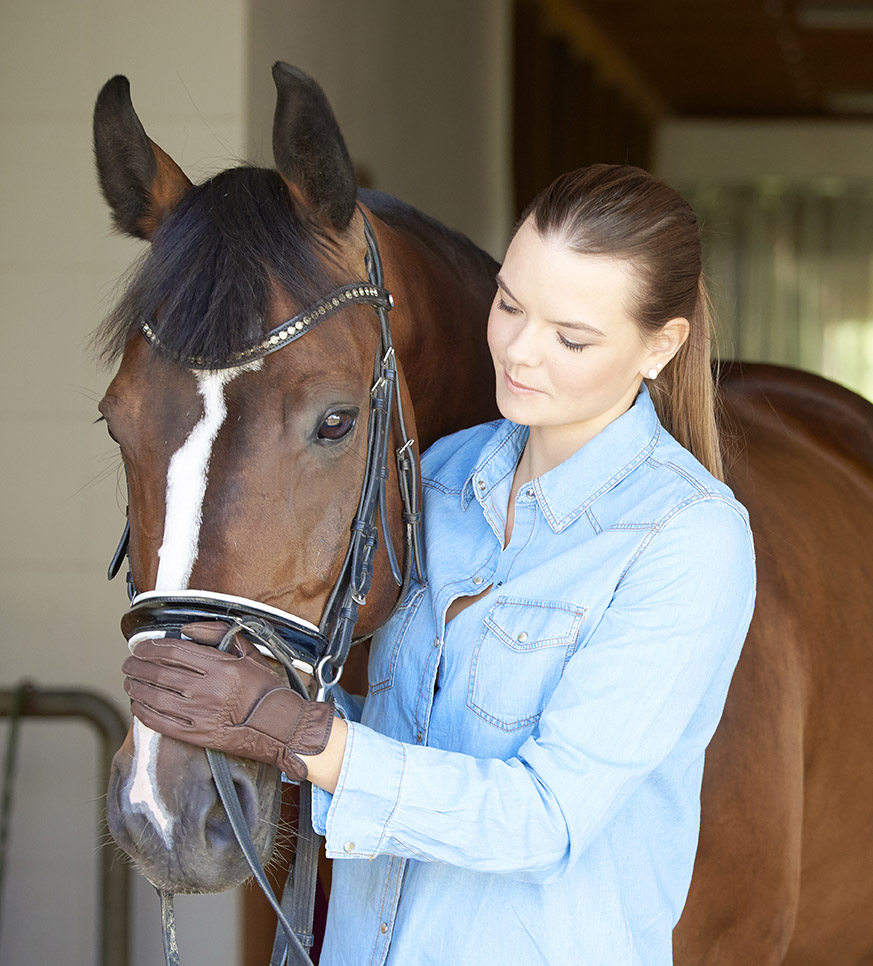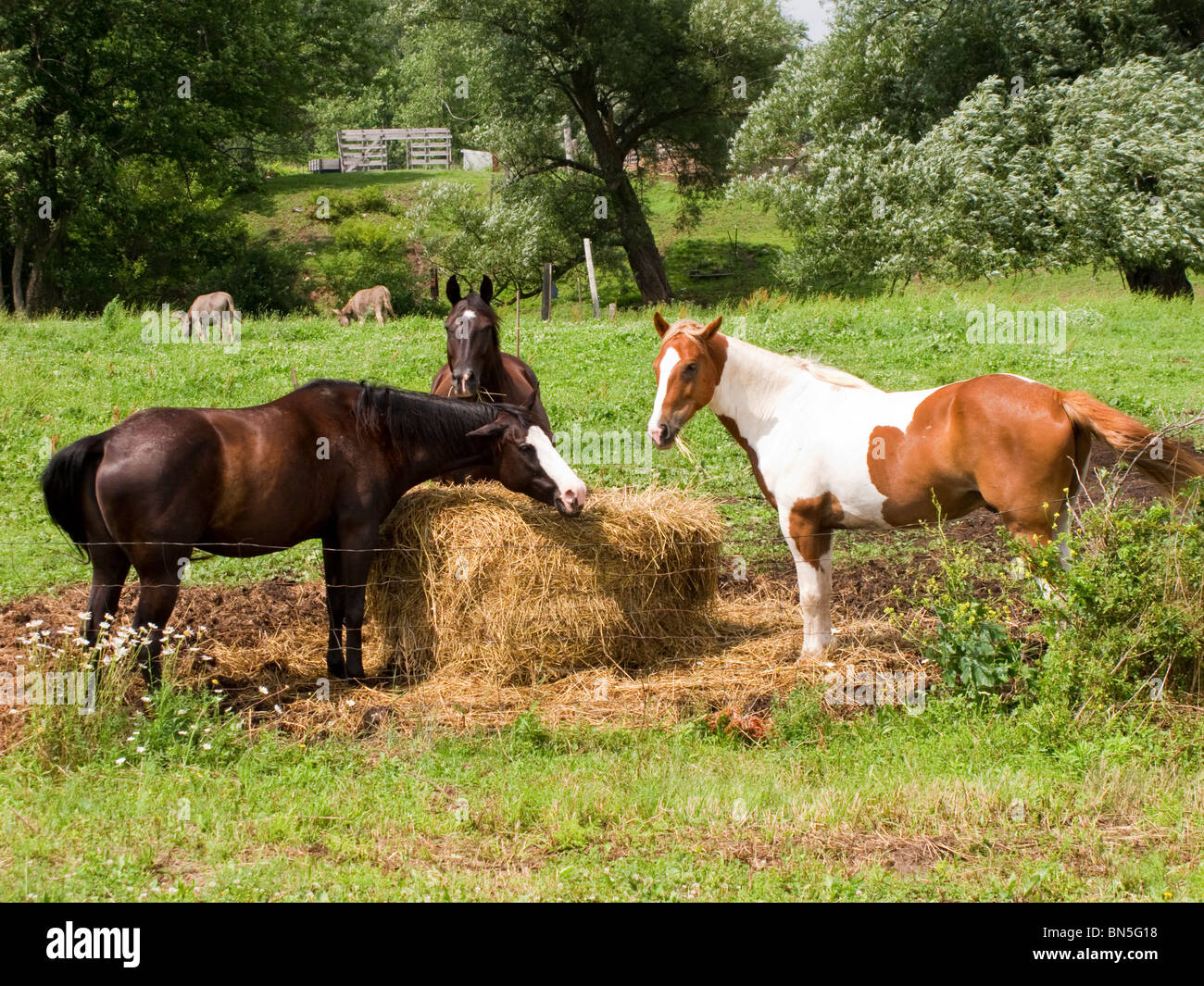Feeding Multiple Horses: Preventing Food Aggression

Feeding multiple horses can be a rewarding but challenging task, especially when it comes to managing their behavior around food. Food aggression is a common issue that can lead to stress, injury, and disrupted feeding routines. This article explores effective strategies to prevent food aggression and ensure a peaceful feeding environment for your horses.
Understanding Food Aggression in Horses

Food aggression, also known as resource guarding, occurs when horses exhibit defensive or aggressive behaviors to protect their food from others. This can include biting, kicking, pinning ears, or blocking access to feed. Understanding the root causes is essential for prevention.
Causes of Food Aggression

| Cause | Description |
|---|
| Competition | Limited resources can trigger competition among horses.
| Past Trauma | Horses with previous negative experiences around feeding may be more aggressive.
| Hierarchy Dynamics | Dominant horses may assert control over food.
| Hunger Levels | Very hungry horses may become more defensive.
Strategies to Prevent Food Aggression
1. Provide Adequate Space
Ensure each horse has enough room to eat without feeling threatened. Use individual feeding stations or spread out hay and grain to reduce competition.
2. Feed Horses Separately
If possible, feed horses in separate areas or stalls to eliminate direct competition.
3. Use Slow Feeders
Slow feeders can help reduce the speed of eating, giving horses time to digest and lowering aggression.
4. Maintain Consistent Feeding Schedules
Regular feeding times help reduce anxiety and aggressive behavior related to hunger.
5. Monitor and Manage Hierarchies
Observe your horses’ social dynamics and separate particularly aggressive individuals if necessary.
Feeding Setup Recommendations
| Setup Type | Description | Benefits |
|---|---|---|
| Individual Stalls | Separate enclosed spaces for each horse | Reduces direct competition |
| Spread Out Feeding | Distribute feed over a wide area | Minimizes crowding and aggression |
| Multiple Feeders | Several feeding stations in one area | Allows simultaneous feeding |
Frequently Asked Questions (FAQ)
Q1: How can I tell if my horses are food aggressive?
- Signs include biting, kicking, pinned ears, and blocking others from accessing food.
Q2: Can food aggression lead to injuries?
- Yes, aggressive behavior can cause physical harm to horses and handlers.
Q3: Is it safe to feed horses together?
- It depends on their behavior; some horses feed peacefully together, while others require separation.
Q4: What types of feeders reduce aggression?
- Slow feeders and individual feeders help minimize competition.
Conclusion
Preventing food aggression in multiple horses requires understanding their behavior, providing adequate space, and implementing thoughtful feeding strategies. By creating a calm and structured feeding environment, you can promote harmony and health among your horses.
For more detailed guidance, consider consulting with an equine behaviorist or veterinarian to tailor feeding practices to your horses’ specific needs.
